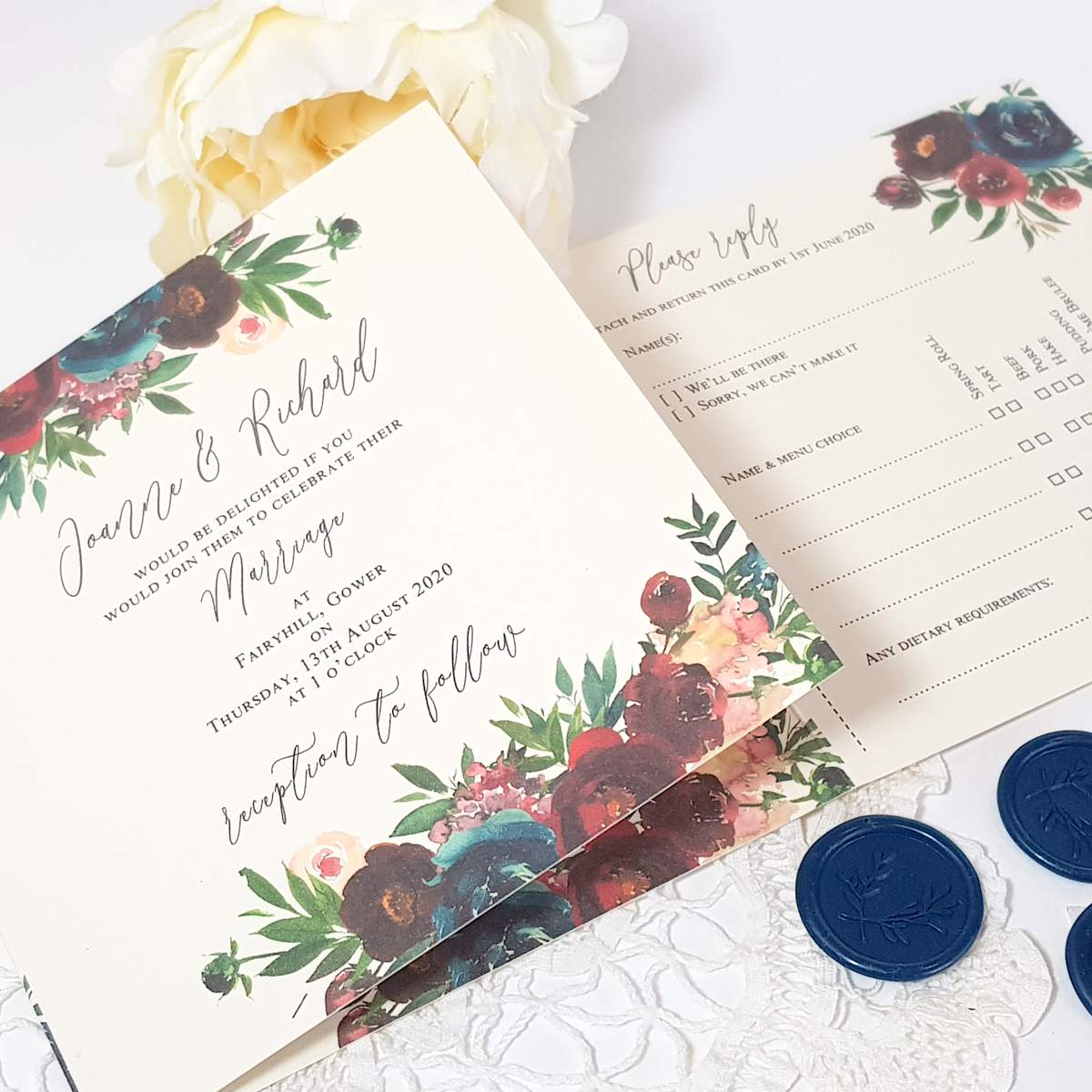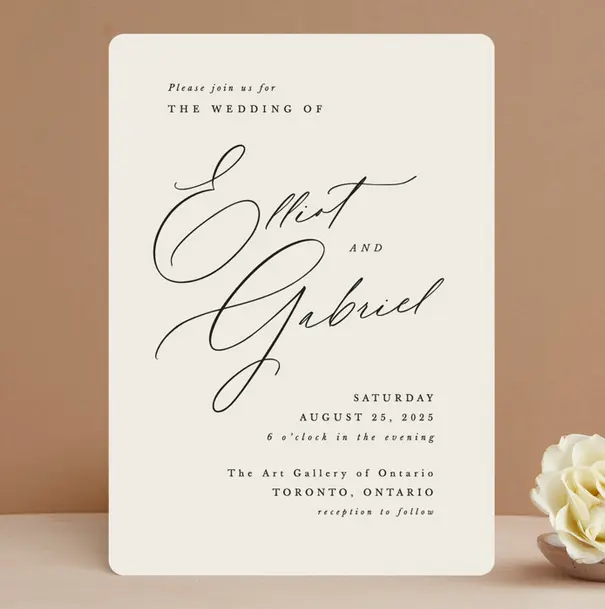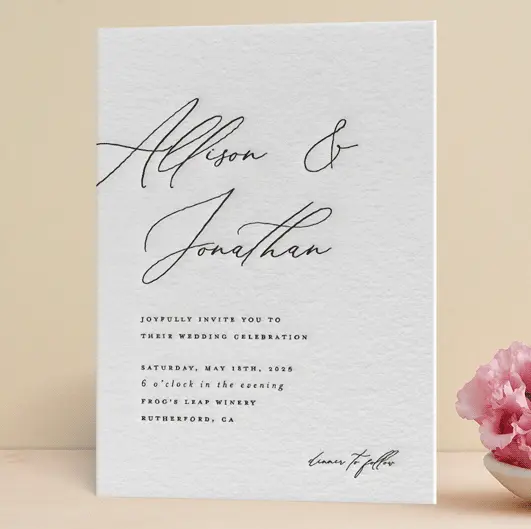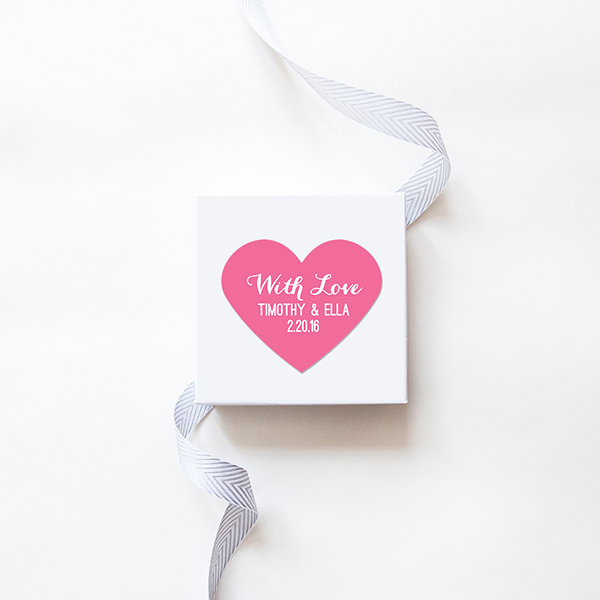I. Introduction

A. Significance of wedding invitation etiquette Wedding invitation etiquette helps to set the tone for the wedding and creates a sense of formality and respect for the event. It is important to follow these etiquettes to ensure that the invitations are appropriate and convey the intended message.
B. Importance of determining whose name goes first on a wedding invitation Deciding whose name goes first on a wedding invitation is a significant decision. It reflects the couple’s values, traditions, and the dynamics of their relationship. The name order on the invitation sets the tone for the entire event and can influence guests’ perceptions and expectations.
II. Traditional Wedding Invitation Order
A. The bride’s name comes first Traditionally, the bride’s name is listed first on a wedding invitation. This is due to historical reasons and the prominence of the bride’s role in traditional wedding customs. It is a way to honor and highlight the bride’s significance in the event.
B. Groom’s name follows the bride’s name Following the bride’s name, the groom’s name is listed on the wedding invitation. This acknowledges the groom’s role and presence in the wedding celebration. It maintains tradition and protocol in wedding invitations.
III. Modern Alternatives and Considerations
A. Couples’ preference and equality In modern times, there is more flexibility in determining name order on wedding invitations. Couples have the option to decide whose name goes first based on their preference and the equality in their relationship. It is important to embrace modern approaches and cater the invitation to the couple’s desired representation.
B. Same-sex weddings and alternative name order Same-sex weddings present unique dynamics in determining name order on wedding invitations. In these cases, couples have the freedom to adapt the name order to suit their preferences and create a sense of balance. It is important to respect and acknowledge both partners’ roles in the relationship.
C. Blended families and including multiple names Blended families often have more complexities when it comes to name order on wedding invitations. In these situations, it is important to ensure inclusivity by listing both partners’ names, along with any children or additional family members involved. This demonstrates respect for the family dynamics and creates a sense of unity.
IV. Cultural and Religious Considerations

A. Cultural traditions that influence name order
Wedding invitations hold significant cultural importance, and it is essential to understand and respect the customs and practices related to name order in different cultures. By exploring these cultural traditions, we can ensure that wedding invitations align with cultural norms and traditions.
- Exploring cultural practices and customs related to wedding invitations Different cultures have distinct customs and practices when it comes to wedding invitations. Some cultures prioritize the bride’s name, while others prioritize the groom’s name. Researching and understanding these practices will help guide the decision on name order.
- Adhering to cultural norms and traditions in name order To honor cultural customs, it is crucial to adhere to the established norms and traditions. This may involve placing the bride’s name first in certain cultures or following specific name order patterns. By respecting these cultural traditions, couples can demonstrate their appreciation for their heritage and create invitations that reflect their cultural identity.
B. Religious customs and name order

Religious customs also play a role in determining name order on wedding invitations. Different religions may have specific guidelines or customs that dictate how names are to be listed. It is important to understand and respect these religious customs when determining the order of names.
- Understanding religious customs and their impact on wedding invitation order Religious traditions and practices may influence the order in which names are listed on wedding invitations. For example, some religions may prioritize the parents’ names, while others emphasize the couple’s names. Understanding these customs will help create invitations that align with religious guidelines.
- Respecting religious guidelines when determining name order To ensure that wedding invitations are respectful and inclusive, it is essential to adhere to religious guidelines. This may involve seeking guidance from religious leaders or consulting with individuals familiar with the religious customs pertaining to wedding invitations. By respecting religious guidelines, couples can create invitations that honor their faith and values.
V. Addressing Wedding Invitations with Diverse Situations
A. Handling divorced or remarried parents

In situations where parents are divorced or remarried, addressing wedding invitations can be complex. Sensitivity and inclusivity are essential when navigating these situations to maintain harmony and respect.
- Strategies for including divorced or remarried parents’ names Including both parents’ names, while considering the comfort and dynamics of the family, can be a suitable approach. This may involve using separate lines for each parent or using an inclusive term, such as “together with their families.”
- Considering sensitivities and maintaining a harmonious tone Sensitive communication is crucial when addressing wedding invitations involving divorced or remarried parents. By showcasing a respectful and harmonious tone, couples can maintain positive relationships and ensure all parties feel included and valued.
B. Including additional family members or hosts
In situations where multiple family members or hosts are involved in wedding planning, extra care must be taken to ensure clarity and inclusivity on the wedding invitations.
- Navigating situations where multiple family members or hosts are involved When there are multiple family members or hosts, clearly stating their names and roles on the invitation is crucial. This ensures that everyone involved feels acknowledged and included in the celebration.
- Ensuring clarity and inclusivity when adding additional names To maintain clarity, couples can consider using separate lines for each family member or host. Including all relevant names helps avoid confusion and ensures that each individual feels recognized and valued.
In conclusion, cultural and religious considerations play a significant role when determining name order on wedding invitations. By exploring cultural practices and customs, adhering to established norms, respecting religious guidelines, and addressing diverse situations with sensitivity and inclusivity, couples can create wedding invitations that reflect their heritage, values, and relationships. Thoughtful consideration and clear communication ensure that wedding invitations accurately represent the couple’s unique situation and uphold cultural and religious traditions.

